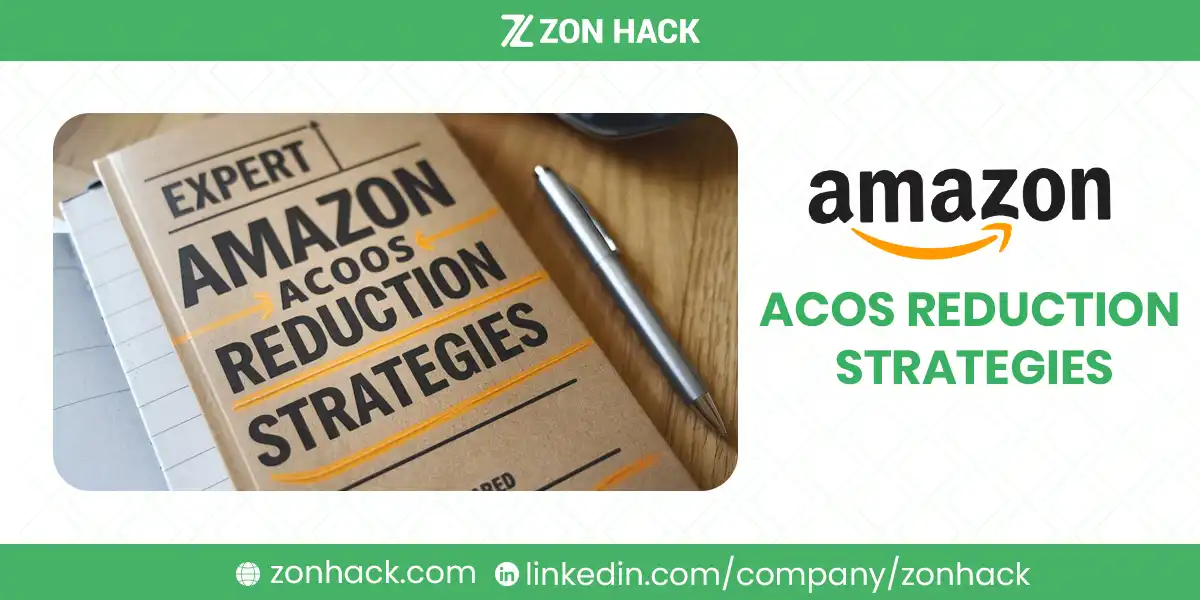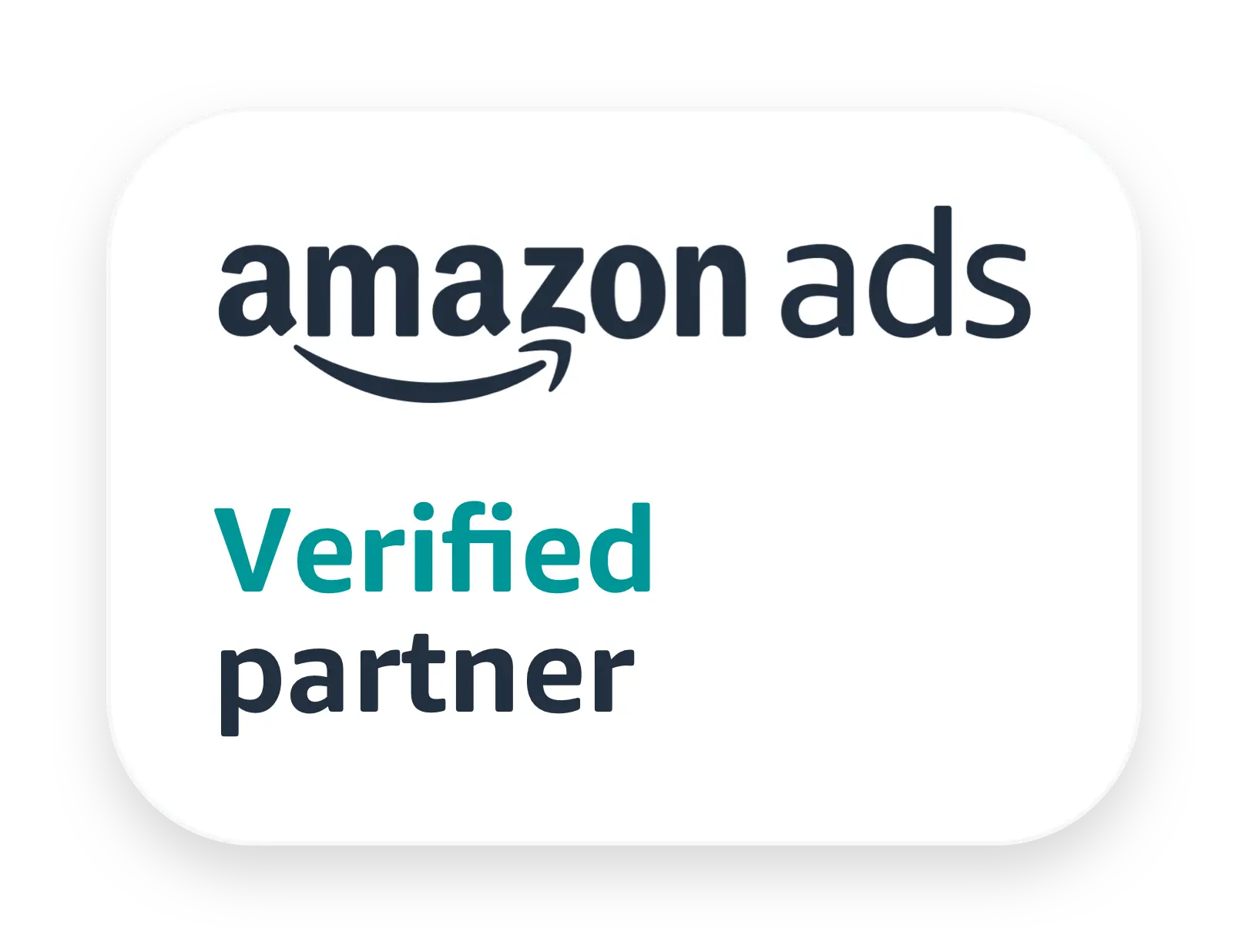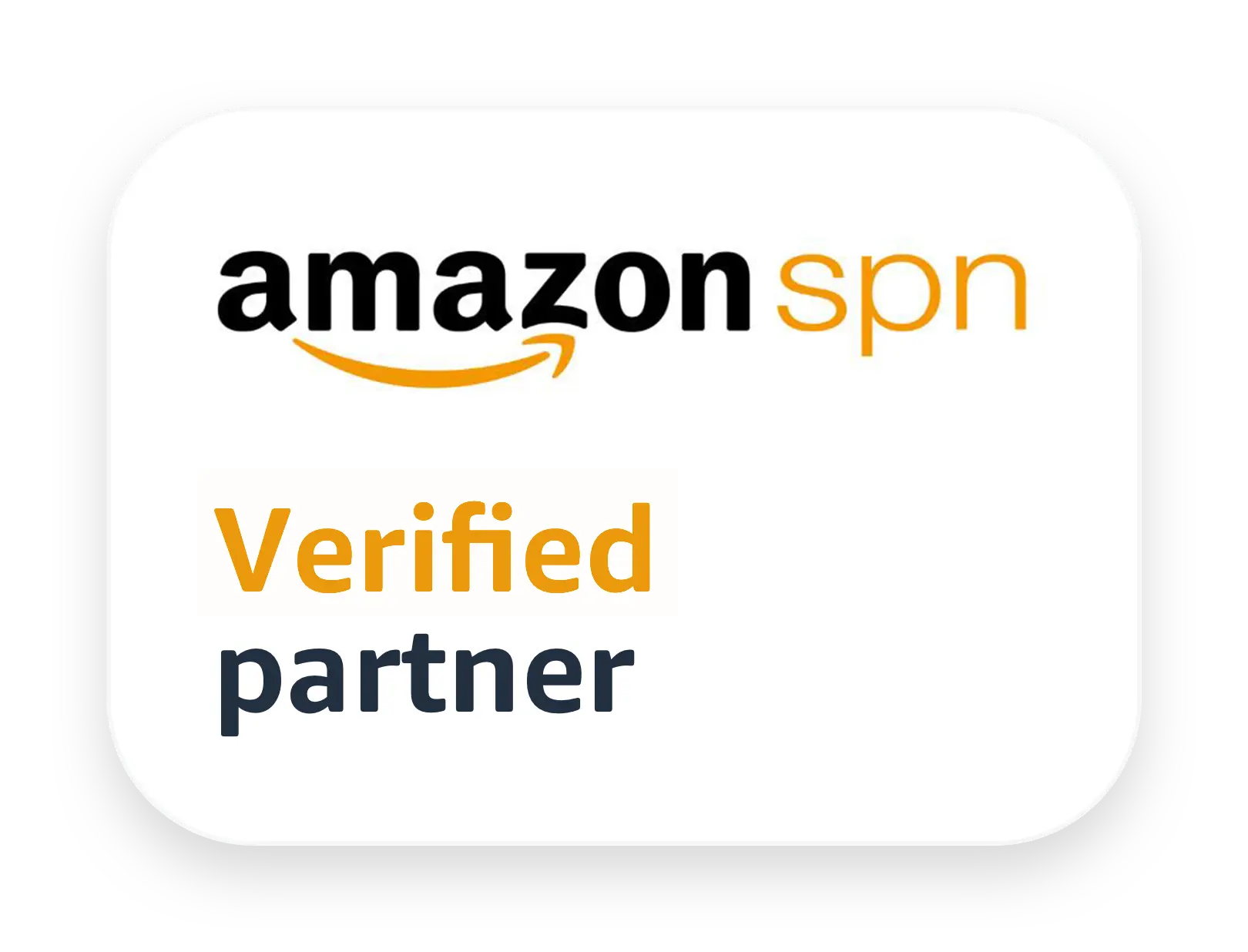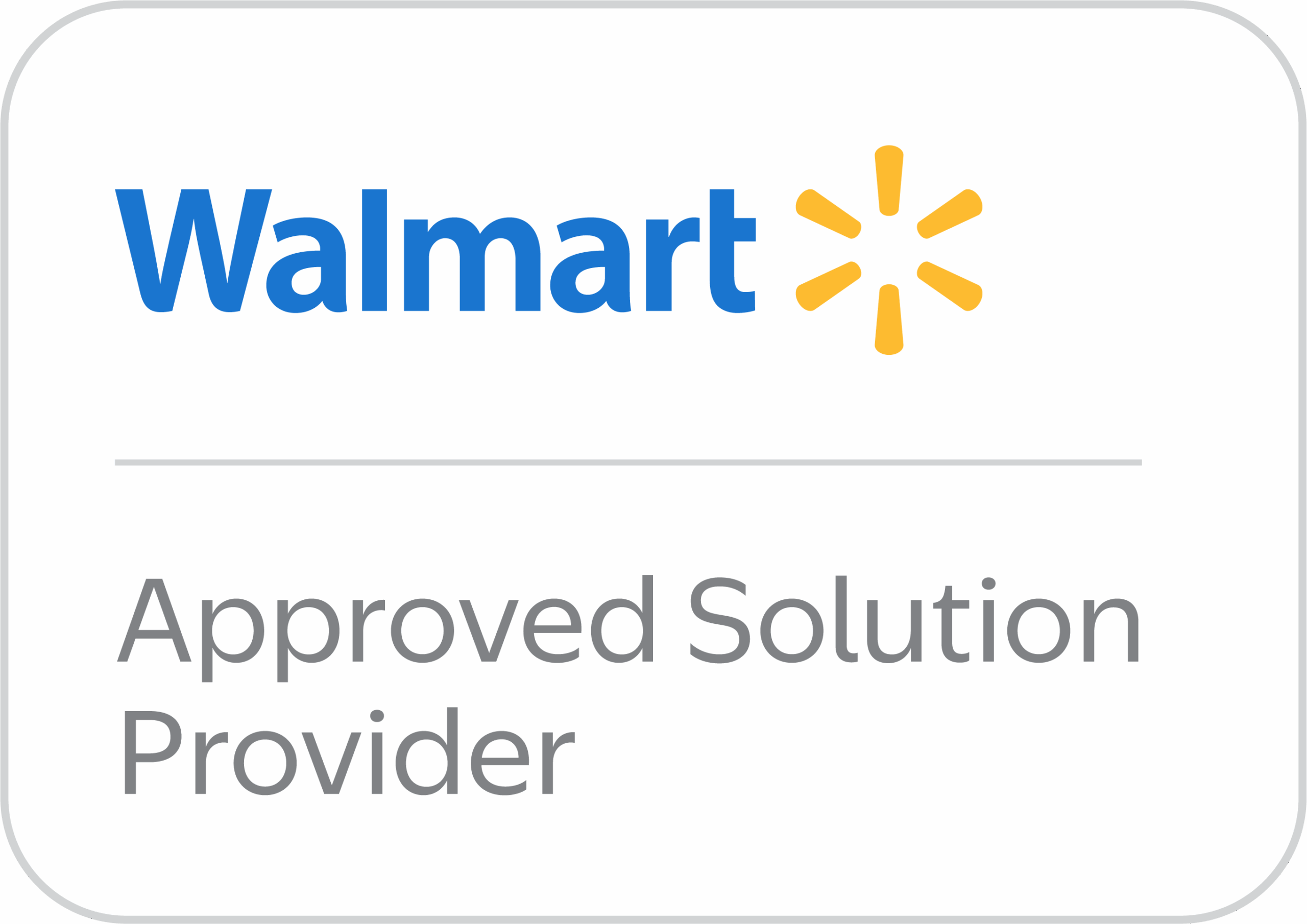Amazon Advertising has become an essential tool for sellers aiming to thrive in the competitive e-commerce landscape. However, as advertising costs soar, understanding how to optimize ACoS (Average Cost of Sale) is crucial to maintaining profitability. In this guide, we’ll explore actionable strategies to effectively reduce ACoS, improve your return on investment (ROI), and ensure long-term success on Amazon.
What’s ACoS and How It Affects Profitability
At its core, ACoS is a measure of advertising efficiency, calculated using the formula:
∗∗ACoS=(AdSpend/AdRevenue)×100∗∗**ACoS = (Ad Spend / Ad Revenue) × 100**∗∗ACoS=(AdSpend/AdRevenue)×100∗∗.
For example, if you spend $100 on ads and generate $500 in sales, your ACoS is 20%. This metric helps sellers determine how much of their revenue is being spent on advertising.
The Relationship Between ACoS and Profit Margins
A lower ACoS often indicates higher profitability, but the ideal number varies depending on your business model and product margins. For instance:
- If your profit margin is 30%, an ACoS below 30% allows you to remain profitable.
- A break-even ACoS refers to the point where advertising costs match profits. Spending beyond this threshold means operating at a loss.
How to Set a Target ACoS
Determining a target ACoS depends on factors like product margins, lifecycle stage, and business goals:
- New products: You may accept higher ACoS to generate visibility and reviews.
- Established products: Focus on maintaining ACoS within profitable limits, balancing sales volume and profitability.
Keyword Optimization Strategies for ACoS Reduction
Optimizing keywords is a cornerstone of reducing ACoS. Using the right keywords ensures your ads appear before the most relevant audience, minimizing wasted ad spend and boosting conversions.
Thorough Keywor d Research
Effective keyword research begins with tools like Helium 10, Jungle Scout, and SellerApp. These tools help identify high-performing keywords by analyzing search volume, competition, and buyer intent. For example, targeting a high-intent keyword like “organic baby wipes” may yield better results than a broad term like “wipes.”
Focus on Long-Tail Keywords
Long-tail keywords (e.g., “organic baby wipes unscented 50 pack”) often have:
- Lower competition: This reduces cost-per-click (CPC).
- Higher conversion rates: They target users closer to making a purchase decision.
For instance, while “laptop” may cost $3 per click, “best budget laptops under $500” could cost $1.20 and convert better.
Leveraging Auto Campaigns
Amazon’s auto campaigns can help uncover converting search terms that aren’t immediately obvious. Once identified, these terms can be added to manual campaigns for precise targeting.
Using Negative Keywords
To avoid wasted spend, implement negative keywords—terms that attract irrelevant clicks. For example, if you’re selling premium leather wallets, exclude terms like “cheap wallets.”
Listing Optimization Strategies to Reduce ACoS
An optimized product listing not only enhances visibility but also improves conversions, which directly contributes to lowering ACoS.
Crafting Compelling Product Titles
Your title is often the first impression. A well-structured title includes:
- Primary keywords: For visibility in search results.
- Key features: Highlight unique selling points (e.g., “Waterproof Hiking Backpack – Lightweight, 30L Capacity”).
Titles that effectively address customer pain points and preferences have shown to improve CTR by 10%-20%.
Writing Persuasive Bullet Points
Bullet points should be informative and benefit-focused, addressing customer concerns. For instance:
- Instead of “Durable material,” write: “Crafted from tear-resistant polyester, perfect for rugged adventures.”
Clear, engaging bullet points can increase conversions by as much as 15%, as per industry benchmarks.
High-Quality Product Images and A+ Content
Visual appeal matters:
- Use high-resolution images with zoom capabilities to showcase details.
- Incorporate lifestyle images that demonstrate real-life usage.
- Leverage A+ Content to enrich product descriptions with visuals, comparison charts, and brand narratives. For instance, sellers using A+ Content have reported up to a 5% boost in sales.
The Power of Customer Reviews
Encourage genuine reviews to build trust. Products with an average rating above 4.5 stars often outperform lower-rated competitors, enjoying higher click-through and conversion rates.
Bid and Budget Optimization Strategies for ACoS Optimization
Managing bids and budgets efficiently ensures your campaigns remain cost-effective while achieving desired results.
Smart Bidding Strategies
Amazon offers several bid strategies to control spend and improve ad performance:
- Fixed Bids: Stable and predictable, ideal for consistent performance.
- Dynamic Bidding (Down Only): Reduces bids when conversions are unlikely, lowering wasted spend.
- Dynamic Bidding (Up and Down): Adjusts bids based on the likelihood of conversion, suitable for competitive markets.
Budget Allocation
Allocate budgets to prioritize high-performing campaigns and products. For example:
- If Campaign A has a 15% ACoS and Campaign B has a 45% ACoS, allocate more funds to Campaign A to maximize returns.
Regularly monitor campaign performance and reallocate budgets as needed to align with profitability goals.
Campaign Structure and Targeting Strategies for Lower ACoS
A well-structured campaign is essential for achieving lower ACoS. Organizing campaigns strategically allows you to monitor performance more effectively and make data-driven decisions.
Segmentation for Better Control
Segment your campaigns based on product categories, match types, or performance levels. For instance:
- Group high-margin products into their own campaigns to allocate budgets more effectively.
- Separate exact, phrase, and broad match keywords into individual ad groups to streamline bidding adjustments.
By keeping campaigns granular, you can identify underperforming areas and optimize them without affecting successful segments.
Targeting the Right Audience
Leverage advanced targeting options like:
- Product Targeting: Display ads on competitor listings or complementary products. For example, if you sell laptop sleeves, target listings for laptops.
- Demographic Targeting: Use audience insights to refine your ads for age, gender, and income brackets when available.
Sponsored Brand and Sponsored Display Ads
While Sponsored Products remain the backbone of most campaigns, Sponsored Brand and Sponsored Display ads can enhance visibility. Sponsored Brand ads can boost brand recognition, while Sponsored Display ads allow for retargeting visitors who showed interest but didn’t convert.
Data-Driven Optimization Techniques to Maintain Low ACoS
Consistently analyzing and refining your campaigns is key to maintaining a low ACoS. Without regular optimization, even the best strategies can stagnate.
Analyzing Campaign Performance Metrics
Key metrics to monitor include:
- CTR (Click-Through Rate): Low CTR might indicate irrelevant ads or poor creative elements.
- Conversion Rate: If clicks are high but conversions are low, revisit your listing and pricing strategy.
- Impression Share: Helps you understand your visibility in relation to competitors.
Leveraging Amazon’s Reports
Amazon provides tools like Search Term Reports and Campaign Performance Reports. Use these to:
- Identify high-converting keywords.
- Spot underperforming ads and pause them to reduce waste.
A/B Testing
Test different elements such as ad copy, images, and bidding strategies. For example, test whether “30% off sale” performs better than “Buy 1 Get 1 Free.” Optimize campaigns based on results to maximize ROI.
Pricing and Inventory Strategies to Achieve Sustainable ACoS
Balancing pricing and inventory is vital to maintaining profitability and achieving sustainable ACoS.
Competitive Pricing
Your pricing must align with the market while maintaining profitability. Use tools like Keepa or CamelCamelCamel to track competitors’ pricing trends and set competitive yet profitable prices. Even slight adjustments, such as lowering a price by 5%, can significantly increase conversions.
Inventory Management
Running out of stock can derail ad campaigns, as it negatively affects sales rank and ad relevance. Amazon’s Inventory Performance Index (IPI) ensures you maintain optimal stock levels. Always plan ahead, particularly during high-demand periods like Prime Day.
Common ACoS Related Challenges and How to Overcome Them
High Competition in Saturated Niches
In competitive niches, lowering ACoS might be challenging due to high CPCs. In such cases, focus on:
- Differentiation: Highlight unique product features in your ads.
- Brand Storytelling: Use Sponsored Brand ads to create a memorable brand image.
Seasonal Fluctuations
Demand often shifts seasonally. For instance, pool supplies might see high demand in summer but dip in winter. Adjust your bids and budgets according to seasonal trends to maintain profitability.
Dealing with Low Conversion Rates
If your ads generate clicks but fail to convert, re-evaluate your:
- Product listings: Ensure they address customer pain points.
- Pricing: Competitively position your product without sacrificing margins.
- Ad relevance: Ensure keywords match customer intent.
Key Takeaways for Long-Term Success
Lowering ACoS requires consistent effort, strategic adjustments, and regular performance analysis. By combining keyword optimization, listing improvements, and precise targeting, you can achieve a balance between visibility and profitability. Remember, ACoS is a dynamic metric, and what works today might need adjustments tomorrow. Stay agile and adapt to trends, competition, and customer behavior.
FAQs
What is a Good ACoS on Amazon?
A good ACoS depends on your profit margins. Generally, an ACoS below 30% is considered profitable for most sellers, but new product launches might tolerate higher ACoS levels to gain visibility.
Can Lowering ACoS Reduce Sales?
Yes, in some cases. Aggressively lowering bids or budgets might reduce ad visibility, leading to fewer sales. The goal is to strike a balance between reducing costs and maintaining sales volume.
How Often Should I Optimize My Campaigns?
Campaigns should be monitored weekly and optimized monthly at a minimum. High-performing campaigns may require more frequent adjustments during peak seasons or competitive periods.




